Having healthy, white teeth is one thing, showing it, however, is completely another thing. Some people naturally show more teeth because of their gumline. This is due to gumlines starting the point and the distance between where the gum starts and ends. Some patients however experience the opposite. They show too much gum and fewer teeth.Most patients who have this issue usually mistake it and think that the problem is their teeth size. They think that shorter teeth show more gum tissue. However, most of the time, their teeth size is in the normal range. It’s their excessive gingival display that creates this illusion. Getting rid of that excessive gum tissue is crucial for achieving an aesthetic gumline. Dentists call this 'pink aesthetic' and it means a healthy and attractive gum to teeth ratio. Back to the topic;
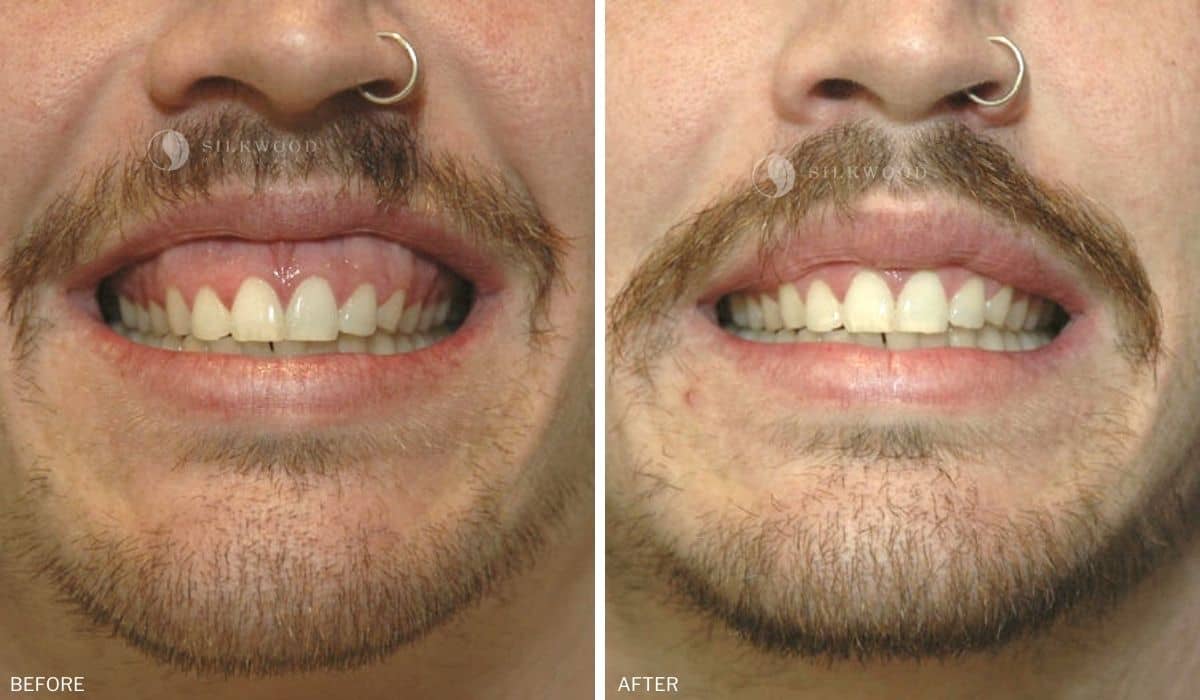
This excessive gingival display creates a problem called ‘gummy smile’. A gummy smile can be easily recognized with a single look. Most of the time, it does not interfere with daily life and does not limit teeth function. It mostly is a cosmetical problem and can reduce the success rates of a smile makeover procedure.Majority of the patients who do not want a gummy smile will need a crown lengthening procedure to achieve their desired end goal. In addition to excess gum tissue, patients who also have bad teeth shape and color will also need crown lengthening to go for a complete smile makeover.

The general goal of a crown lengthening surgery is to remove the excess gingival (sometimes bone) tissue to make teeth more visible. Even though it is mostly done for cosmetic purposes, it can also be used for exposing the cavities under the gumline and as a preparation for a smile makeover treatment.A crown lengthening procedure is mostly done by a periodontist. A periodontist is a gum specialist and most of the gum problems can be solved under their supervision. With their knowledge and experience, and otherwise, complicated surgery can be completed relatively easily.
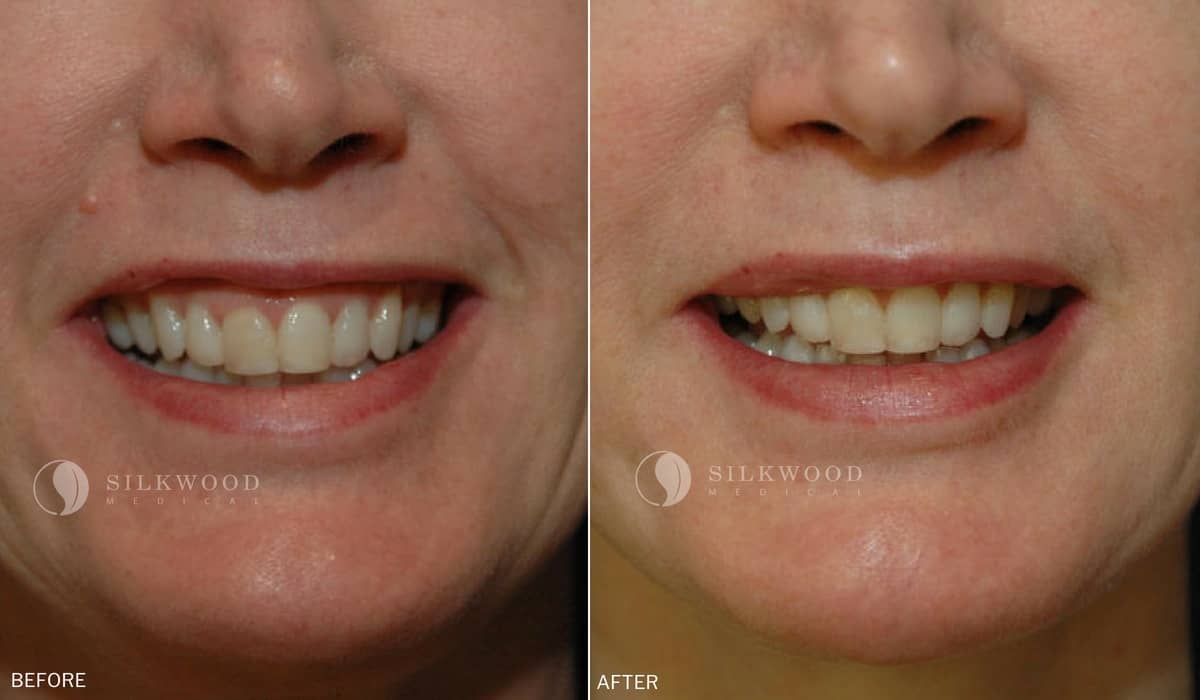
If a patient is interested in a crown lengthening procedure, he/she should discuss this with his/her dentist. The dentist will generally ask for the patient’s concerns and expectations. After doing a verbal check-up, the dentist will check the patient's mouth and see if he/she is eligible for the procedure.If the patient is eligible, the dentist will pick a crown lengthening technique based on the patient’s excess gum tissue and his/her mouth structure. Each of the techniques is used for treating specific problems regarding the gum tissue.
This technique is used for repositioning a fractured tooth to a different place on the gumline. If a tooth gets damaged to a point where it fractures, removal or a replacement will be necessary. However, if the gumline hides the fracture, it can create problems and surgery will be needed.
A gingivectomy is simply a gum tissue removal with the help of a laser, dental tools, or electrocautery. The type of equipment can be a factor in recovery and end results. It’s been widely documented that the use of a laser can reduce the amount of pain, bleeding, and recovery time.Electrocautery is also very similar to the use of laser, in the sense that the general sensation of pain is lesser with a better recovery rate. Dental tools (specifical lancet) has been shown to cause more bleeding,post-operation pain, and longer recovery periods. Because of this, the use of laser or electrocautery recommended.
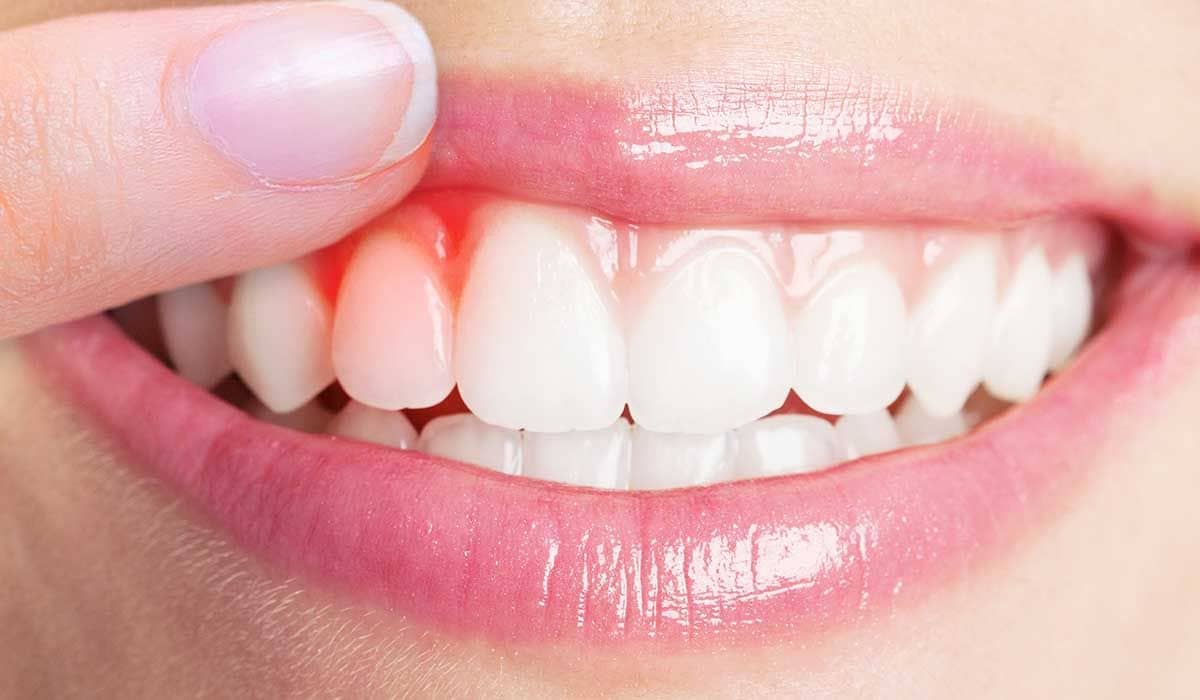
With the help of a flap reposition surgery, a cut will be made in the gums to create a flap of tissue. After creating that flap of tissue, the dentist ( or the periodontist) will lift that flap and extract excessive tissue or bone. The amount of dentist extract will be dependent on how many teeth they want to show.After taking out the excessive tissue/bone, the dentist will reposition the flap closer to the tooth’s root and will secure it’s placed while it heals there. After the healing process, the gumline will be back to its normal place.Recovery periodThe recovery is mostly dependent on the patient’s body and the procedure type. A single gingivectomy can be a very easy procedure and because of that, the healing process will most likely be quick as well. In contrast to that, flap reposition surgery is significantly longer and harder. Because of that, healing time is a bit longer.But generally, there are a couple of things that happen to every patient after a crown lengthening. Some of these are discomfort in the mouth and pain. This is due to the effects of the anesthesia getting lesser and lesser by the hours. Anesthesia makes sure that the patients feel nothing during the treatment. Post-treatment is not pain-free.
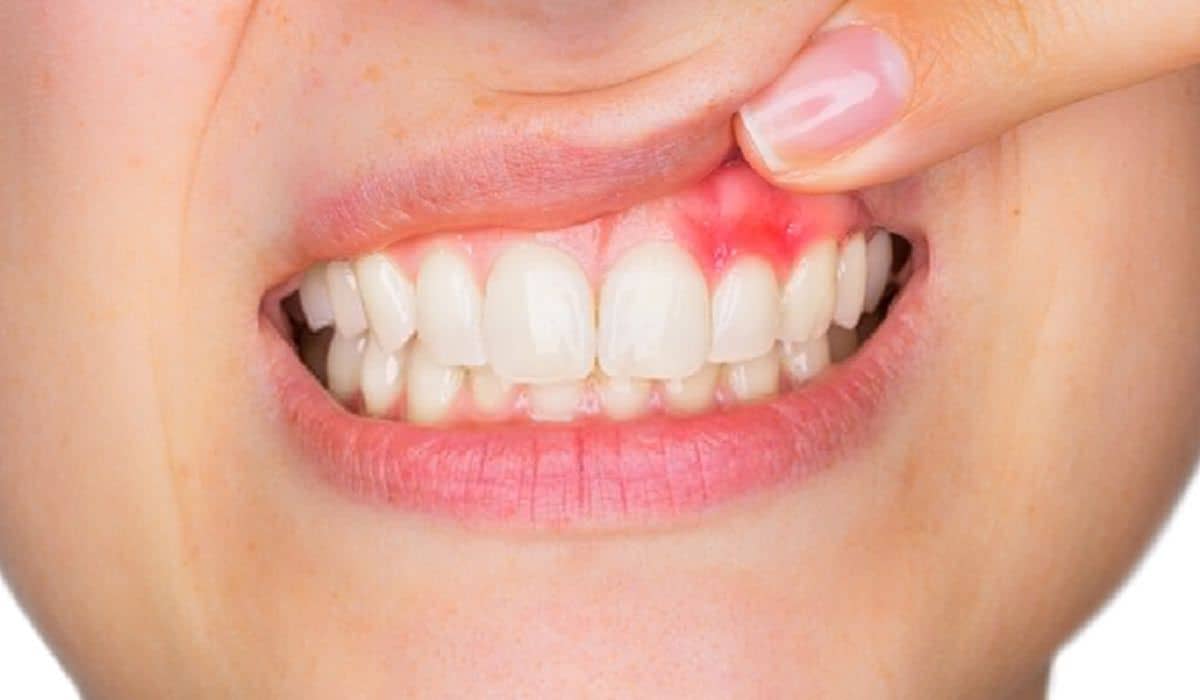
If the patient feels too much pain, he/she can take pain relievers or other inflammatory drugs to combat these issues. But even with the drugs, minor bleeding and swelling will still happen for a good couple of days. A cold compress or hot/cold treatments can help with the bleeding, bruising, and swelling.While healing, there are a couple of things that patients should pay attention to;
If the patient takes care of their mouth post-surgery, the healing process will most likely go without a problem. After a week or so, the swelling will be gone and there will no longer be any pain. The full recovery will probably take about 4 to 8 weeks.
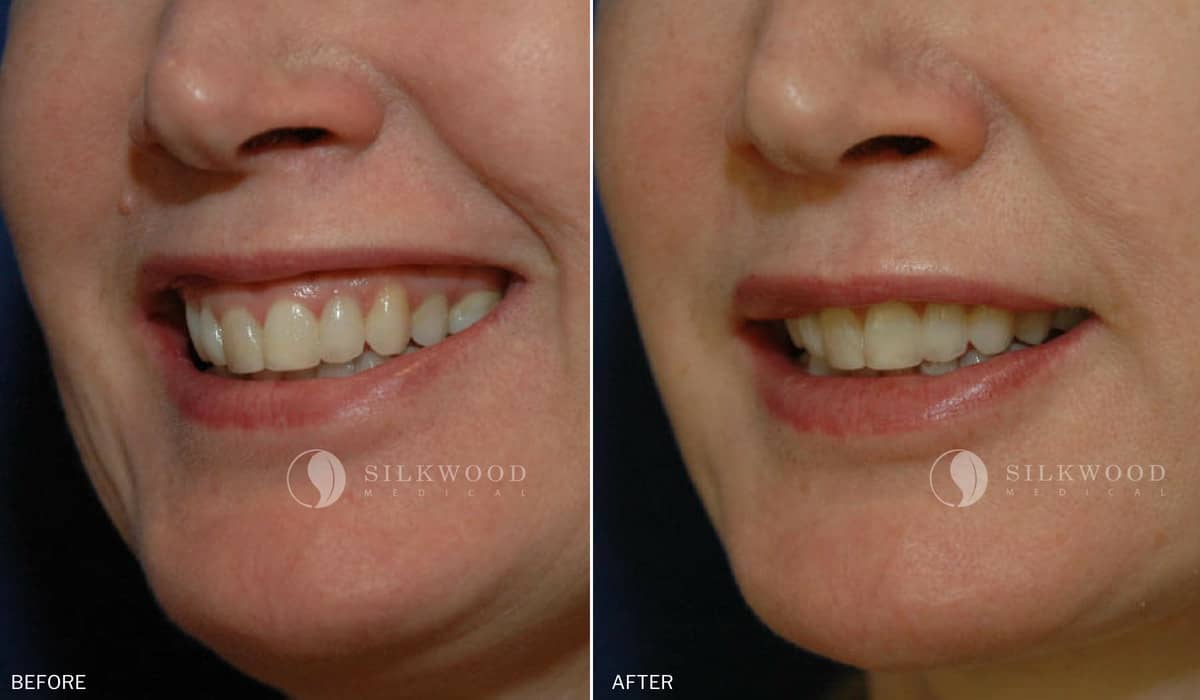
Crown lengthening is a complicated surgery. But even with its complicated nature, complications and risks are minimal. A good periodontist can perform this procedure without any problem in an hour. The only possible complication of this procedure is the occurrence of an infection. The chances of that happening are very minor though.